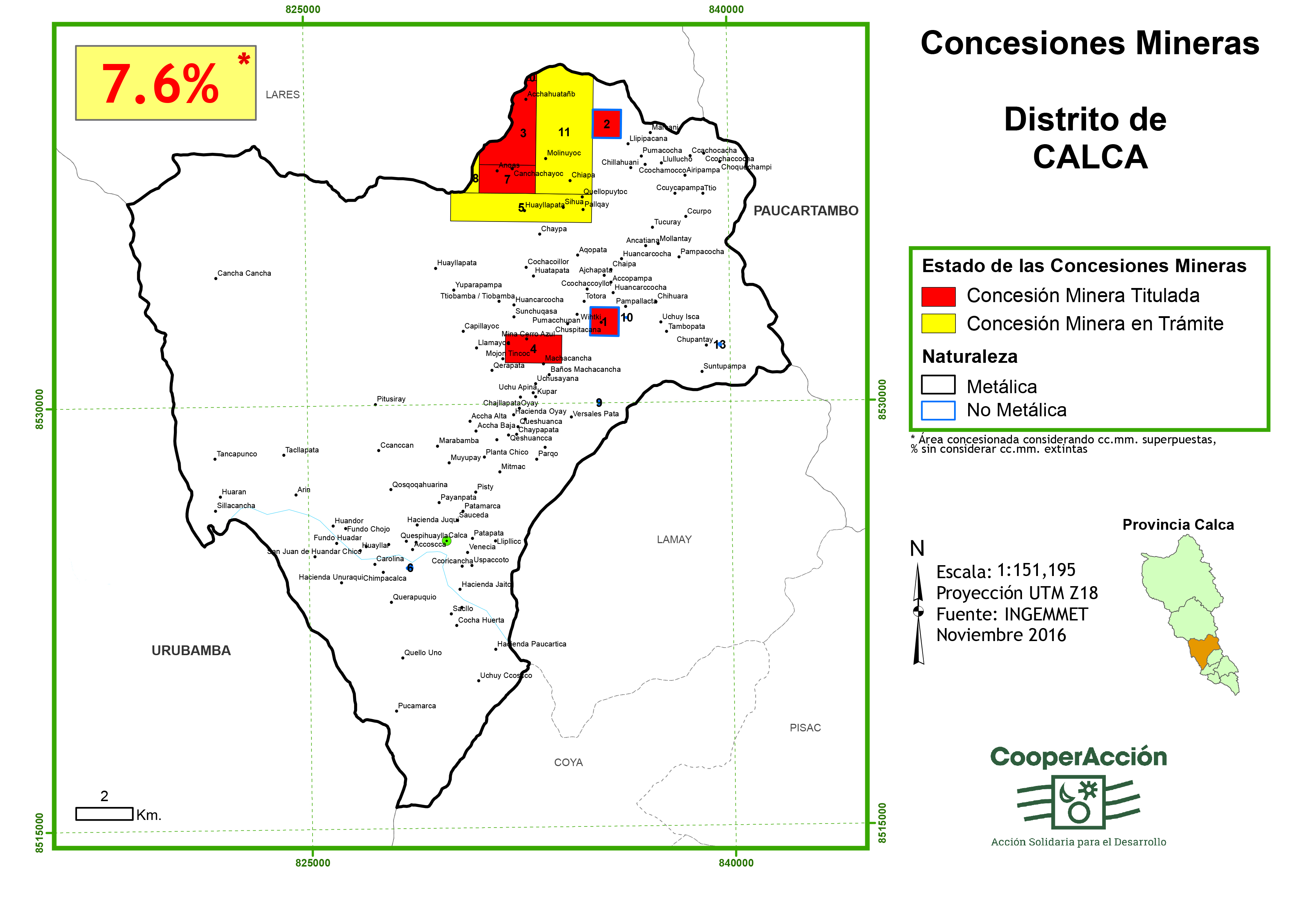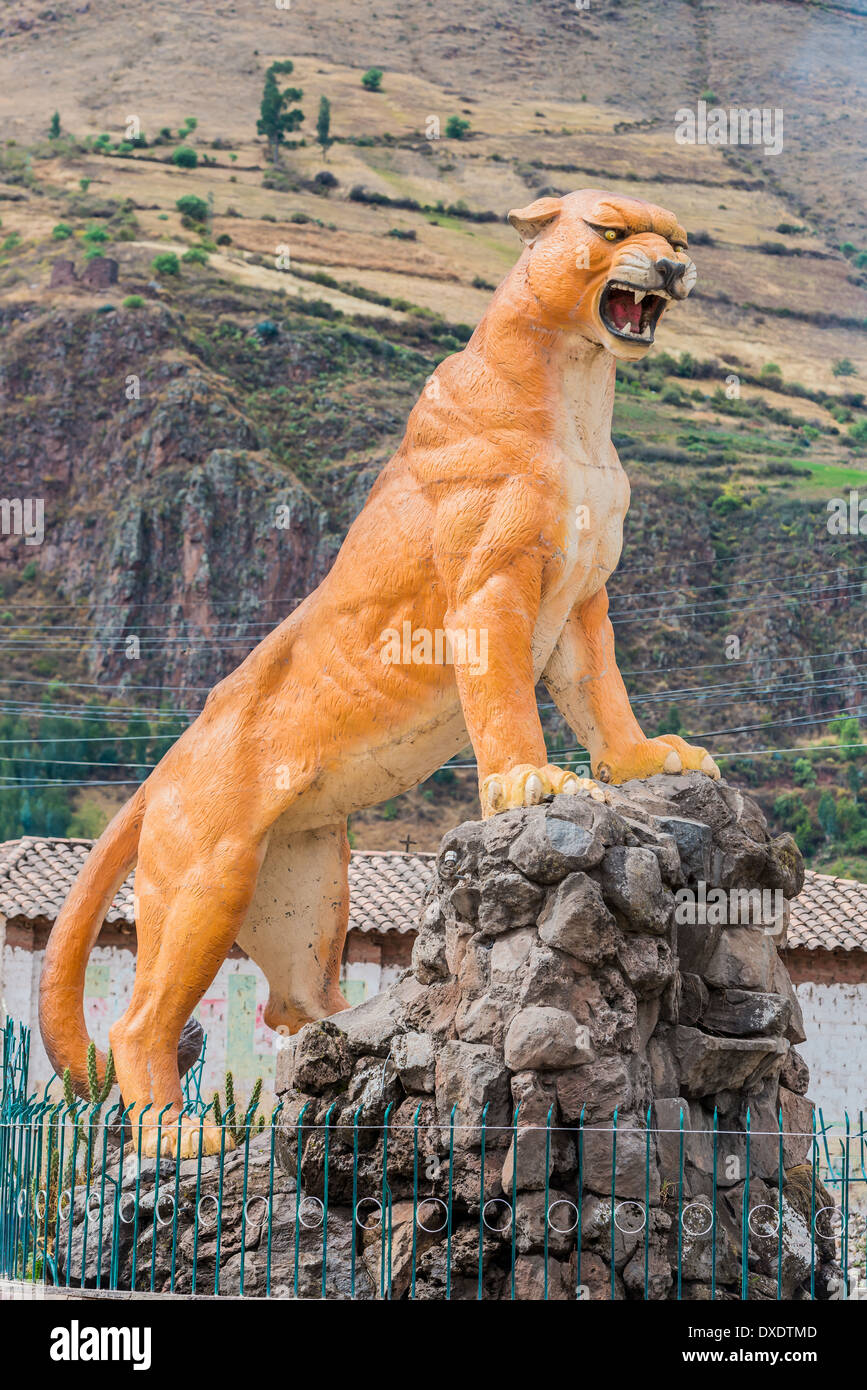

This highlights how important the sky was to the Inca’s, and the religious significance of the cosmology. The valley wasn’t built just for its agricultural value, but also in the representation of the constellations. The Inca’s grew everything from corn, fruits, and vegetables, to cocoa plants and avocados. The Sacred Valley flourished as it’s lands were rich enough to become the center of food production for the Inca people, even today you can see the incredible innovation that was taken on by the Inca, in Moray, agricultural laboratories were used to experiment with plantlife, and find the optimum conditions to grow each plant. These towns were used as guards for the borders of the Sacred Valley and helped to prevent attacks from enemies. Here, it is not just Machu Picchu that is an important site, there are ruins in both Pisac and in Ollantaytambo that prove, once again, the Inca prowess for stone-masonry and architecture. The towns that make up the valley are Pisac, Calca, Yucay, Urubamba, and Ollantaytambo. The Sacred Valley of the Incas specifically refers to the section of the valley that is divided by the Urubamba River.


With towns such as Pisac and Ollantaytambo, the Sacred Valley, also known as the Sacred Valley of the Incas, is regularly hailed as one of the most important historical places of South America, and was extremely important for the Incas, located in the valley of the Urubamba River. Just 15km north of Cusco, you will find the Sacred Valley. Did you know: Peru Hop was setup by 2 Irish guys in 2013 and has been voted #1 Travel Company in Peru for 2023 – Click here for more info.


 0 kommentar(er)
0 kommentar(er)
